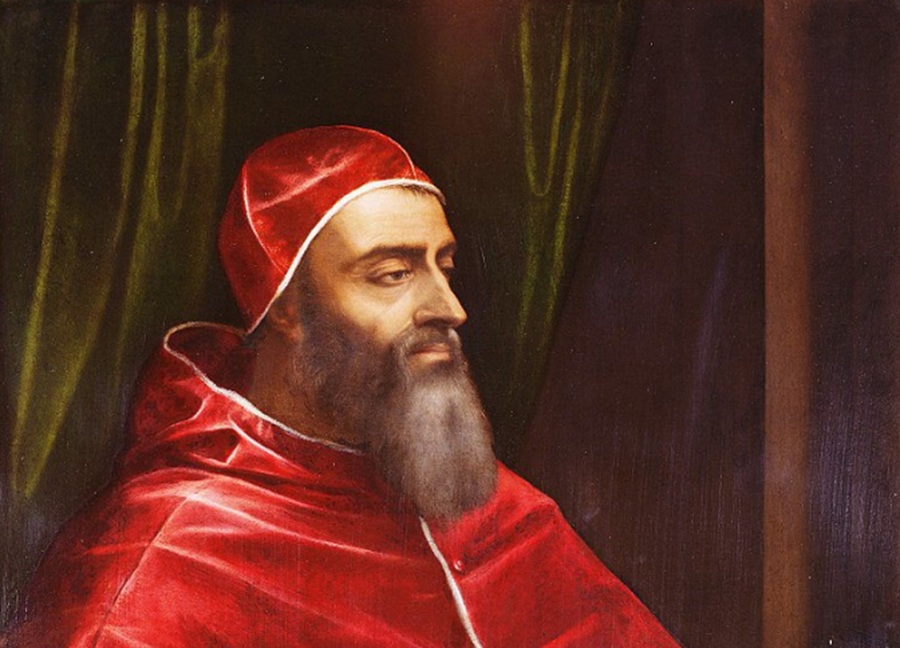On this day in 1378, the election of Robert of Geneva as Pope Clement VII deepened divisions within the Catholic Church and triggered the Western Schism, also known as the Great Schism. The split, which left Christendom with two – and at times three – rival popes, lasted almost 40 years.
The turmoil followed the death of Pope Gregory XI, who had returned the papal court to Rome after nearly seven decades in Avignon. His successor, Urban VI, was elected in April 1378 amid rioting in Rome, where citizens demanded an Italian pope. The cardinals chose Bartolomeo Prignano, Archbishop of Bari, a Neapolitan-born cleric viewed as an acceptable compromise.
Urban’s election was contested by a group of French cardinals, who argued that the choice had been made under duress. They withdrew to Anagni and soon named their own pope: Robert of Geneva, who took the name Clement VII. Clement’s reputation was already tainted by his role in the Massacre of Cesena in 1377, when thousands of civilians were killed during a papal crackdown led by mercenary commander John Hawkwood.
Clement established his papal court in Avignon with the backing of France, Scotland, and several Iberian kingdoms. Urban VI, supported by England, the Holy Roman Empire, and much of Italy, remained in Rome. The schism became as much a political conflict as a religious one, mirroring the rivalries between European powers.
The schism endured
The split endured long after the deaths of both Urban VI and Clement VII. Urban was succeeded in Rome by Boniface IX in 1389, while Clement was followed in Avignon by Benedict XIII in 1394. When Rome requested Benedict’s resignation in 1404, he refused, prompting the election of Innocent VII as a rival pope.
An attempted solution came in 1409 when a church council convened at Pisa deposed both the pope and antipope but instead created further chaos by electing a new antipope, Alexander V. His short reign was followed by John XXIII, leaving the Church with three competing pontiffs.
The crisis was finally resolved at the Council of Constance, convened in 1414 by John XXIII. After lengthy deliberations, both John XXIII and Pope Gregory XII resigned, while Benedict XIII was excommunicated. In 1417 the council elected Pope Martin V, ending the schism and restoring a single, universally recognised papal line.
The Roman line of popes is now considered the legitimate succession. Gregory XII’s resignation in 1415, brokered to bring unity, remained unique until Pope Benedict XVI stepped down in 2013.





